Why you should be worried about Dhaka’s air pollution
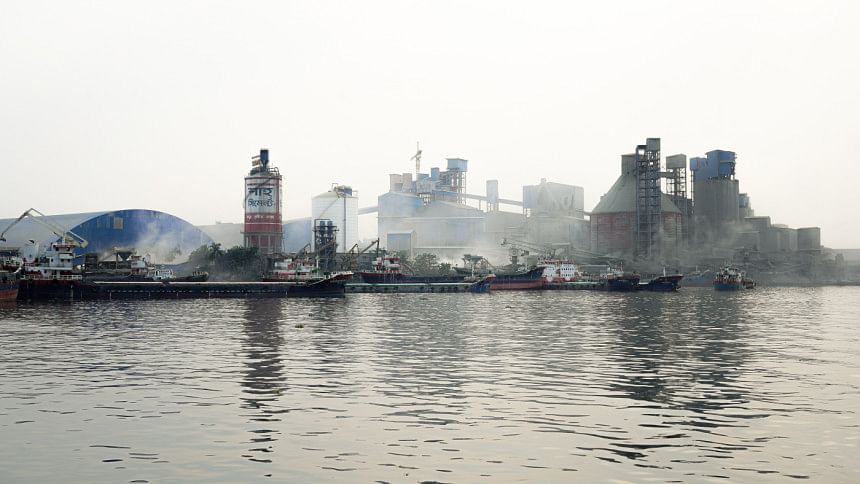
In this city rampant with infrastructural mismanagement, dust drapes over every corner. Dust, ash, and smoke all create air that is actively harmful to us. This is almost commonplace in this city and has lulled its citizens into a state of monotonous acceptance.
But with the problem of the city's air quality not being addressed at any level, I wonder if there is any solution to this.
When talking about air pollution, we must understand that several contributing factors are at play. All these contribute to frequent problems in breathing and, in many cases, premature death. While dust and smoke are obvious culprits, a more scientifically accurate reading of the air quality may be assessed by looking at the Air Quality Index (AQI). This analyses the air quality based on five polluting particles – the small particulates of PM10 and PM2.5, carbon monoxide, sulphur dioxide, and ozone particles. In addition, nitrogen oxides are also taken into consideration as they can vehemently damage the human body.
My friends and I frequently joke about how our lungs are on the brink of collapse whenever we take off our masks. This morbidity has shaped our lives and threatens anyone with less than stellar lung performance. In fact, at an AQI score of 101, the World Health Organization (WHO) typically recommends wearing a mask for anyone with sensitive lungs. Many countries like the US also recommend using masks whenever the AQI value crosses 130. At anything around 180 to 200, it becomes harmful, and values even further beyond end up in the hazardous territory.
So, where does this leave Bangladesh?
For starters, the Bangladeshi Department of Environment (DoE), in their most recent report, states that the average AQI of Dhaka is around 132, whereas Gazipur and Narayanganj, home to a lot of factories, see an average AQI of about 169 and 154 respectively.
But this isn't all. One of the biggest threats to our lungs is the fine particles of PM 2.5 matter. These are small enough to penetrate masks and cause lasting damage to our internals. WHO announced a safe dosage of PM 2.5 to not exceed the value of 25 micrograms per cubic meter. In the case of Dhaka, 2022 alone saw the PM 2.5 level arrive at an average of 65 micrograms per cubic meter. A drop from previous years, sure, but still far and beyond any range of acceptability.
The problems expand from here on. Bangladesh does not have any specific policy in place to combat any of these issues. While there have been laws targeting environment conservation and brick manufacturing kilns in the past, they have not been put under practice all too thoroughly. And it's not like the issues here are somehow new to us. Air pollution has been a concern for over a decade, so what gives?
Anytime I head outside, I make a mental note to wear a mask. On the off-chance that I forget to bring one, I feel a constantly prickling pain shoot through my lungs. No matter where I am in this city, the air is always heavy and thickly laced with pollutants that harm me in many ways. The torment is everlasting, and I know I am not alone. All around me, poorly managed construction sites bring red dust from bricks, copious amounts of sand, and emissions from chemicals and machinery. Clouds of air that can permanently damage even a passer-by form regularly across the city. I can only wonder how severe the effects may be on those at the heart of the mess.
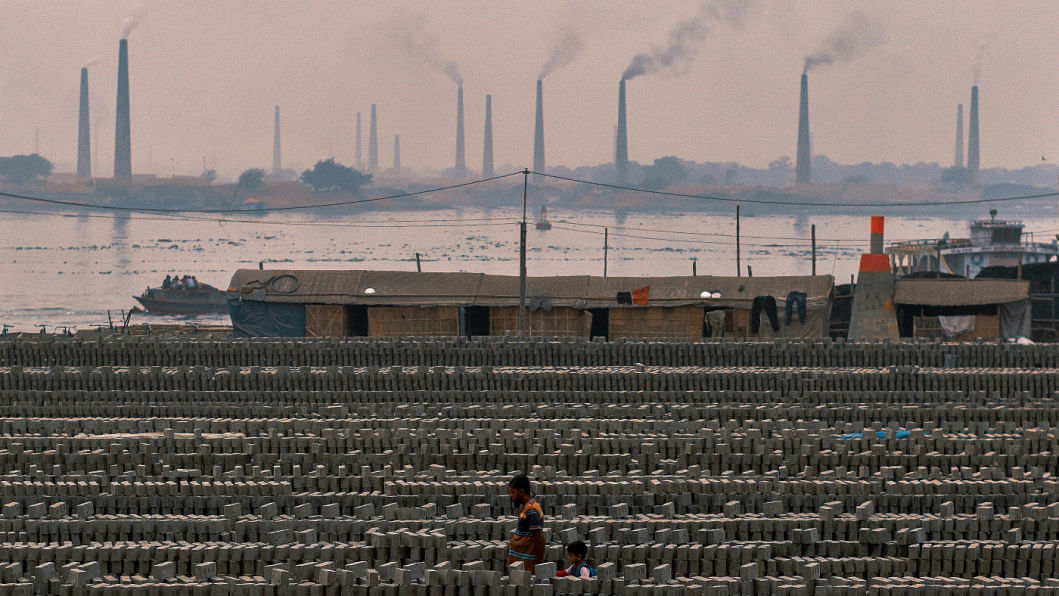
On a broader scale, it is the entirety of the population of this city that is at the heart of the mess. While constant yet somehow constantly poor management of construction sites results in the release of many small particulate matters, the DoE reports that other factors like ill-suited machinery and vehicles release poisonous fumes into the air. With how densely populated the city is, there are plenty of such vehicles to be seen, and other machinery is commonplace in factories around and on the outskirts of Dhaka. On top of this, brick manufacturing kilns are perhaps Dhaka's biggest source of pollution, making up about 58 percent of the overall emission of PM 2.5 particulates for the entire city.
All this begs the question – how did we get here? How mismanaged must our infrastructure be for us to be in this position and still have no real laws to actively respond to this issue?
It does not take too long to analyse and find the root cause of the problem, yet, in our current landscape, it becomes difficult to suggest solutions that may actually make a difference.
If anything, the root of the problem must be addressed with the enactment of proper policies to reduce coal emissions and allow construction to happen in a managed capacity. Yet, are our lawmakers listening?
According to a 2019 article published in Daily Sun, brick kilns must also be situated further away from cities and given a proper emissions limit. To this end, brick manufacturing companies must also find alternative fuel and technology that produces less emission. Yet to even carry this out, these factories require support not just from brick-producing companies, but also from the government at large.
Inaction for issues that already have plenty of economical and efficient solutions available is not simply inaction but neglect. But how long can we neglect an issue as ubiquitous as the very air we breathe?
References:
1. The Daily Star (September 18, 2019). Air pollution from brick kilns and alternative solutions.
2. The Daily Star (August 17, 2022). Air pollution: Dhaka 5th worst city in the world.
3. International Growth Center. (November 7, 2022). Climate priorities: health and environmental impacts of brick kilns in Bangladesh.
Raian is sacrificing sleep but refusing to finish his assignments. Remind him to get to work at IG @raian_is_burning

 For all latest news, follow The Daily Star's Google News channel.
For all latest news, follow The Daily Star's Google News channel. 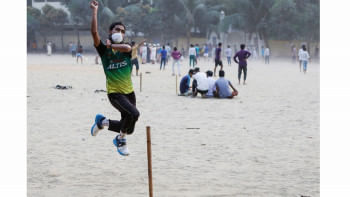
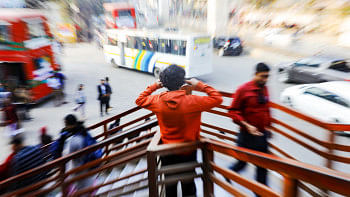
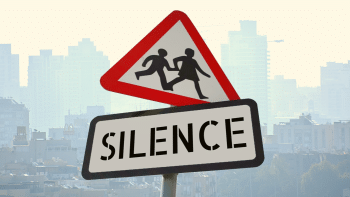







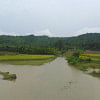


Comments